7 things I'm doing to be a better plant parent in 2025 – and show my plants some love this Houseplant Appreciation Day
Maintaining happy houseplants really just comes down to observing what they need from you
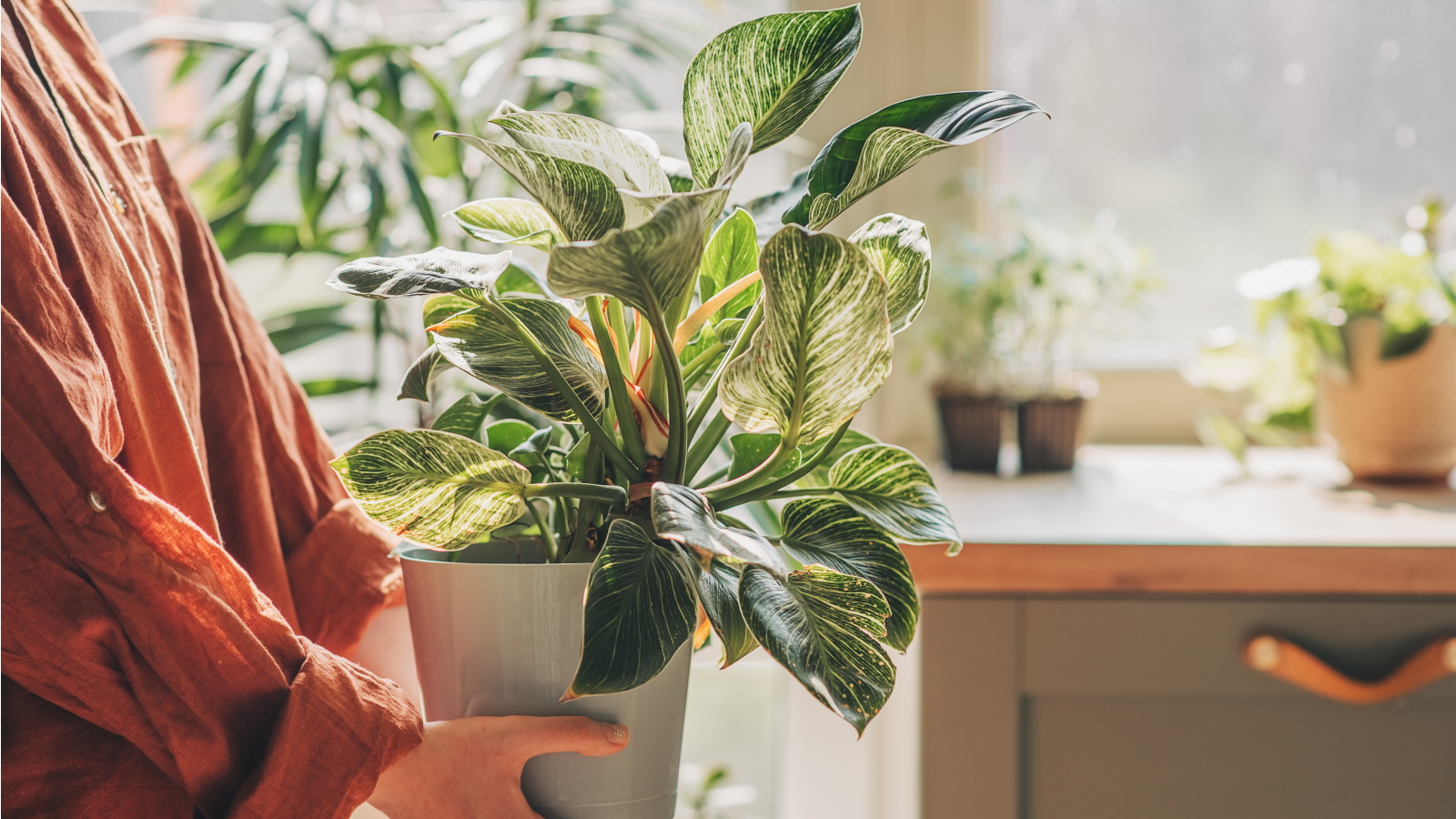

National Houseplant Appreciation Day on 10 January is not only a chance for us houseplant enthusiasts to celebrate the leafy members of our homes, but it also reminds us to take a step back and critique our houseplant care regime: are we truly doing the best for our plants? Even if you're a houseplant novice, you can easily become a better plant parent by making a few simple changes.
I'll be the first to admit I've made a fair few mistakes with my indoor plants. Expanding my indoor jungle is a hobby I indulge in, but with every new plant that comes into my home comes a new set of care requirements to meet. I find so much joy in caring my for my plants, but when the busyness of everyday life takes over, it's not uncommon for some habits slip.
This isn't a bad thing, however. Making common indoor plant mistakes is exactly how we learn to improve, and I have often felt a sense of achievement in rectifying these mistakes and seeing my plants thrive because of it. That's why I'm making a conscious effort to be a better plant parent for the new year. Here are the seven simple things I'm incorporating into my plant care regime that I promise will also help you level up your houseplant game.
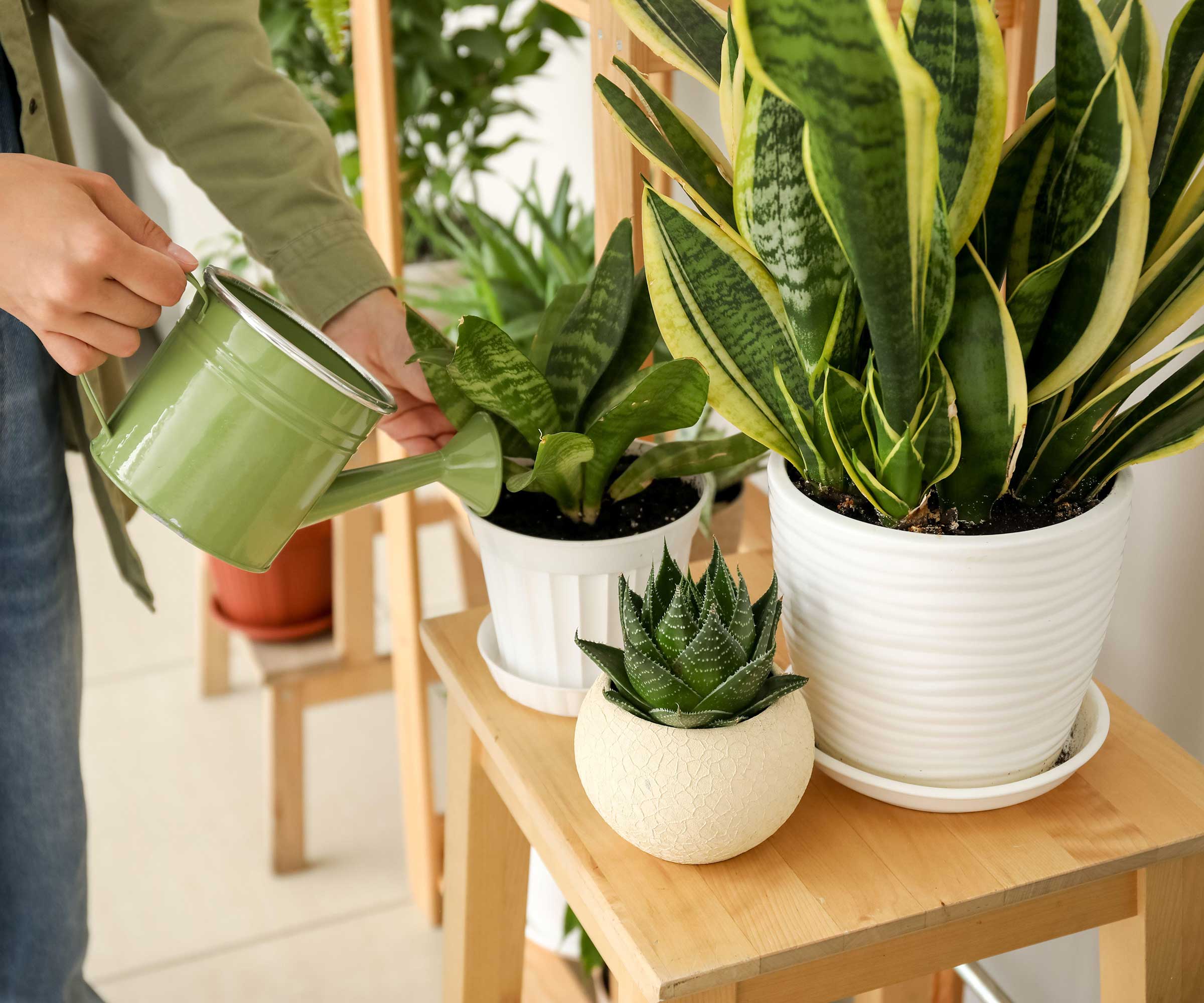
7 easy ways to be a better plant parent
Before embarking on a journey to become a better plant parent, it's useful to have an essential plant care kit to hand, with things such as a watering can (from Amazon) and pruning scissors (from Amazon). Equipped with these tools, you can easily achieve habits every good plant parent has.
1. Allow a plant to grow where it needs to, not where you want it to
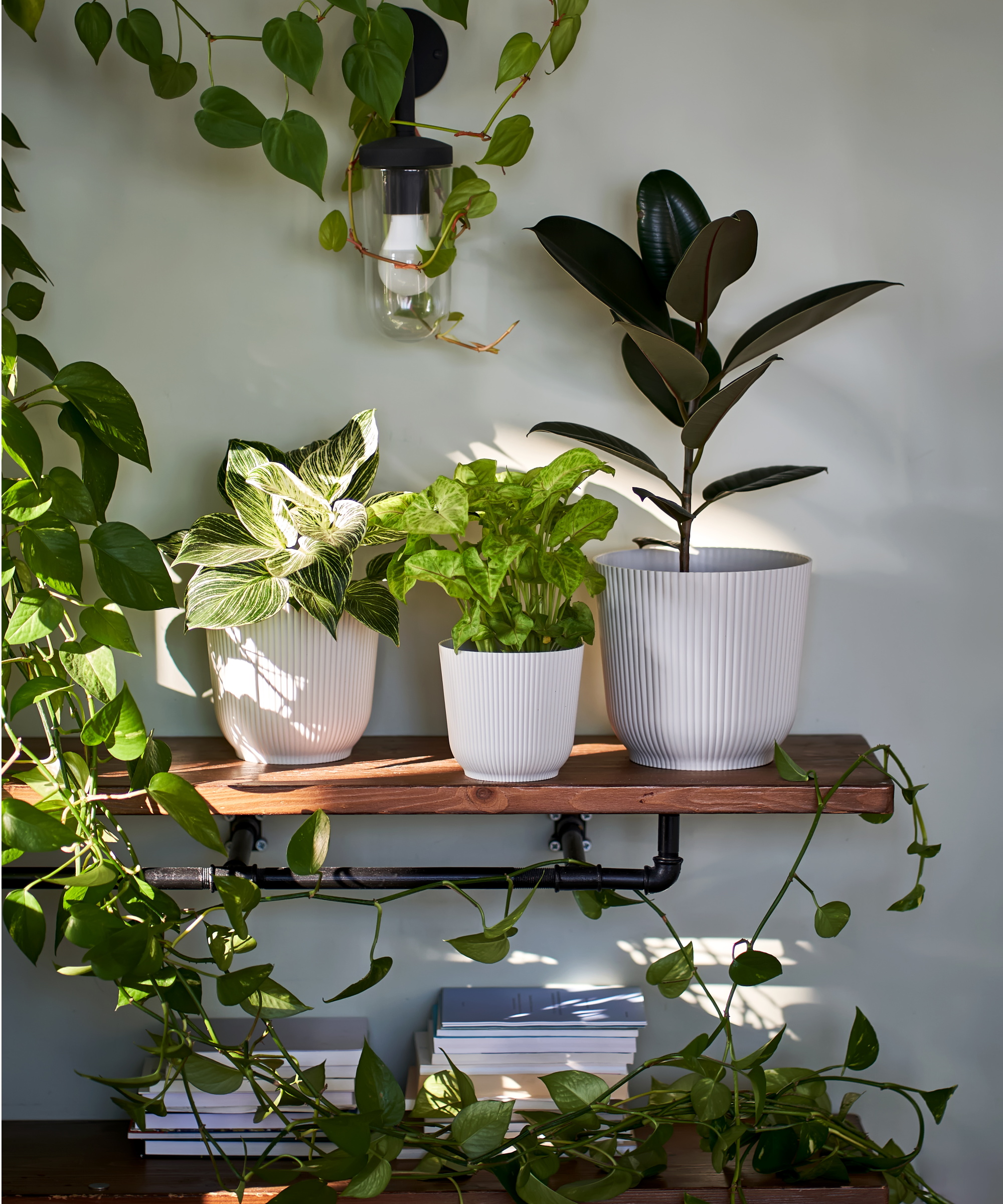
I learned very quickly you can't force a plant to be happy in spot just because you desperately want it to live there.
Not every houseplant is an indoor low light plant, those native to drier environments perhaps aren't the best bathroom plants, and those with sensitive foliage may suffer from leaf scorch if in a direct sun position.
That's why I now surrender to my plants' needs and follow the mantra of right plant, right place:
Design expertise in your inbox – from inspiring decorating ideas and beautiful celebrity homes to practical gardening advice and shopping round-ups.
'Right plant, right place is an essential part of having healthy houseplants. Each plant has unique needs; light, water, temperature, humidity,' explains houseplant expert Sam Adler. 'You need to understand the environment that your houseplant thrives in in nature to best place them in your home,' she adds.
I find the best way to do this is first research the native habitat of a houseplant. From there, I trial and error different spots in my home that reflect its growing environment. Once I find somewhere my plant grows well, I leave it there.
Thankfully, houseplants are quite good at telling you when something isn't right. That's why you might spot your rubber plant dropping leaves or your calathea leaves curling. If they're not thriving in their current position, take it as a sign to make some adjustments.

Sam is a certified horticulturalist and owner of Houseplant Concierge - a small business in NYC providing comprehensive in-home houseplant services.
2. Don't force a plant to stay in the same planter forever
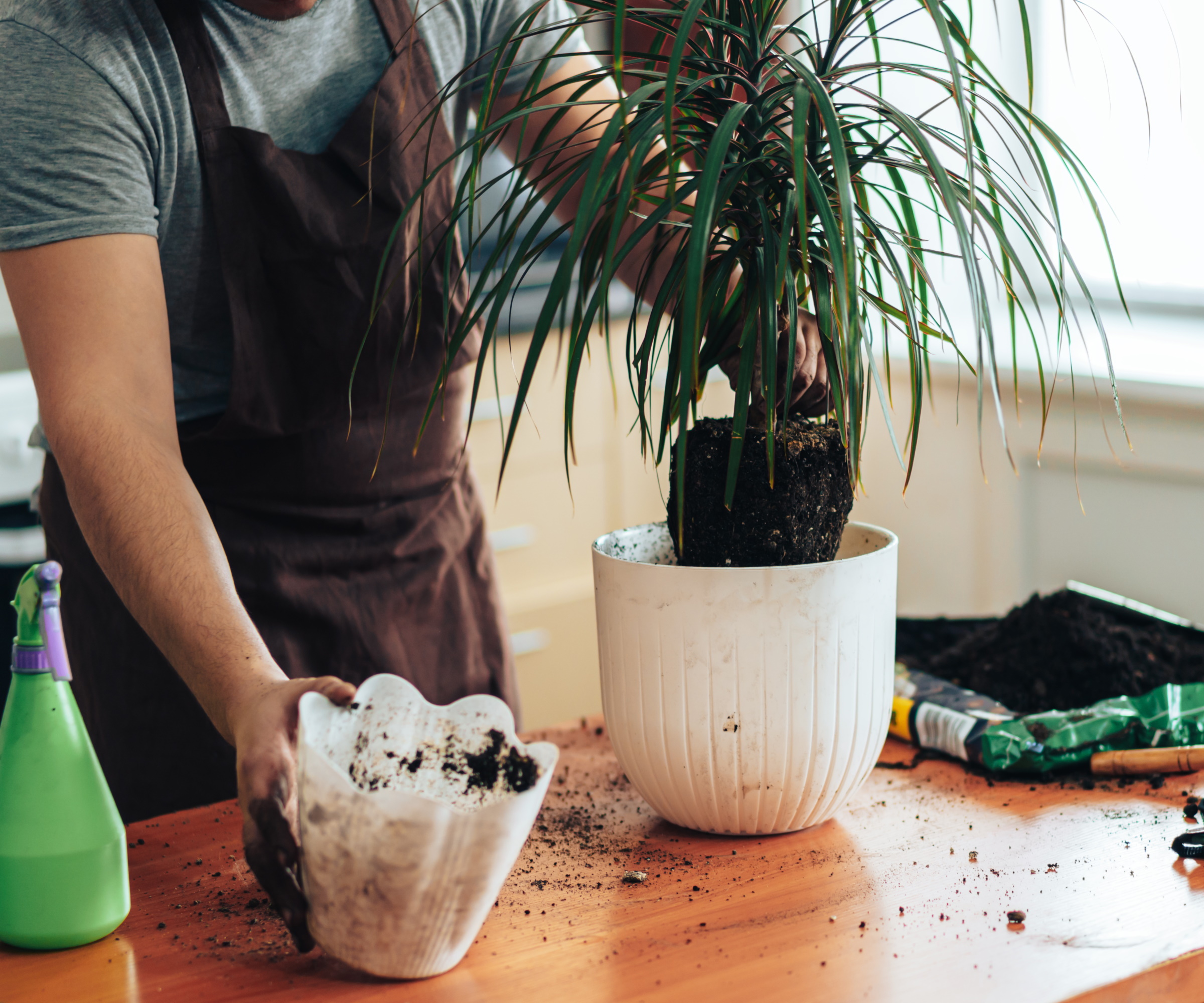
You likewise shouldn't force your plant to stay in the same planter as it grows bigger.
Don't get me wrong, I understand the feeling of sadness when your plant becomes too large for a planter that complements your interiors perfectly, but there's no arguing that it isn't worth it to watch your plant struggle in a container too-small.
'Repotting is important because not only does it add totally fresh soil for the plant, but it also gives the roots more growing room if they have become too crowded and plant growth has been stunted,' Sam explains.
Failing to repot your monstera, repot your dragon tree, or another plant can result in it becoming pot-bound. This makes it difficult for the roots to grow and take up essential plant nutrients, impacting their growth and often resulting in discoloring foliage, among other problems.
In terms of how often to repot houseplants, it depends on the rate of growth of each plant. Generally speaking, however, Sam notes: 'Repotting typically happens every year or every other year.'
Of course, there are some houseplants that like being slightly root-bound and can stay in the same pot for a little longer than others can. Just make sure to observe the roots of your plant; if the roots are poking out the drainage holes, it's time to upgrade to a larger container.
3. Stay consistent with fertilizing
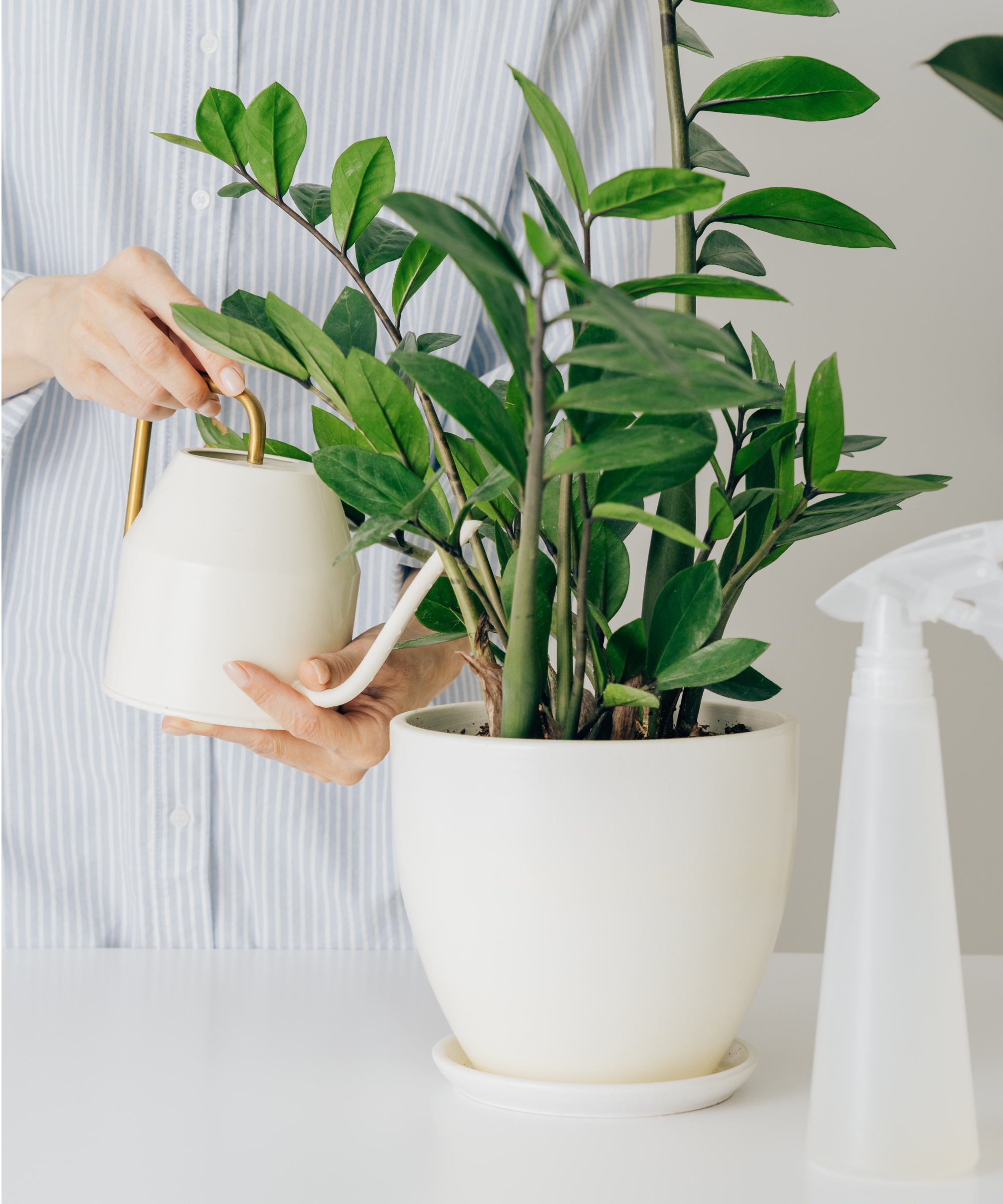
While it isn't a necessity to fertilize houseplants for new growth, I have personally seen how much they benefit from plant food - especially those I have had for the longest amount of time:
'Plants utilize the nutrients found in soil to feed themselves and to grow. Over time, the plant depletes these nutrients in the soil,' Sam explains. 'Fertilizing regularly can really help sustain healthy plant growth by adding those essential nutrients back into the soil,' she adds.
That's why I'm making an effort to establish a more regular fertilizing schedule and provide my plants with a boost of nutrients to support growth.
This should only happen during a plant's active growth season (typically spring and summer), otherwise they may suffer from houseplant root rot and root burn from the fertilizer oversaturating the soil.
There are plenty of fertilizers on the market, like this indoor plant food from Amazon. You can even get plant-specific fertilizers, like this peace lily fertilizer from Amazon for fertilizing a peace lily.
4. Always check your plant's soil before watering
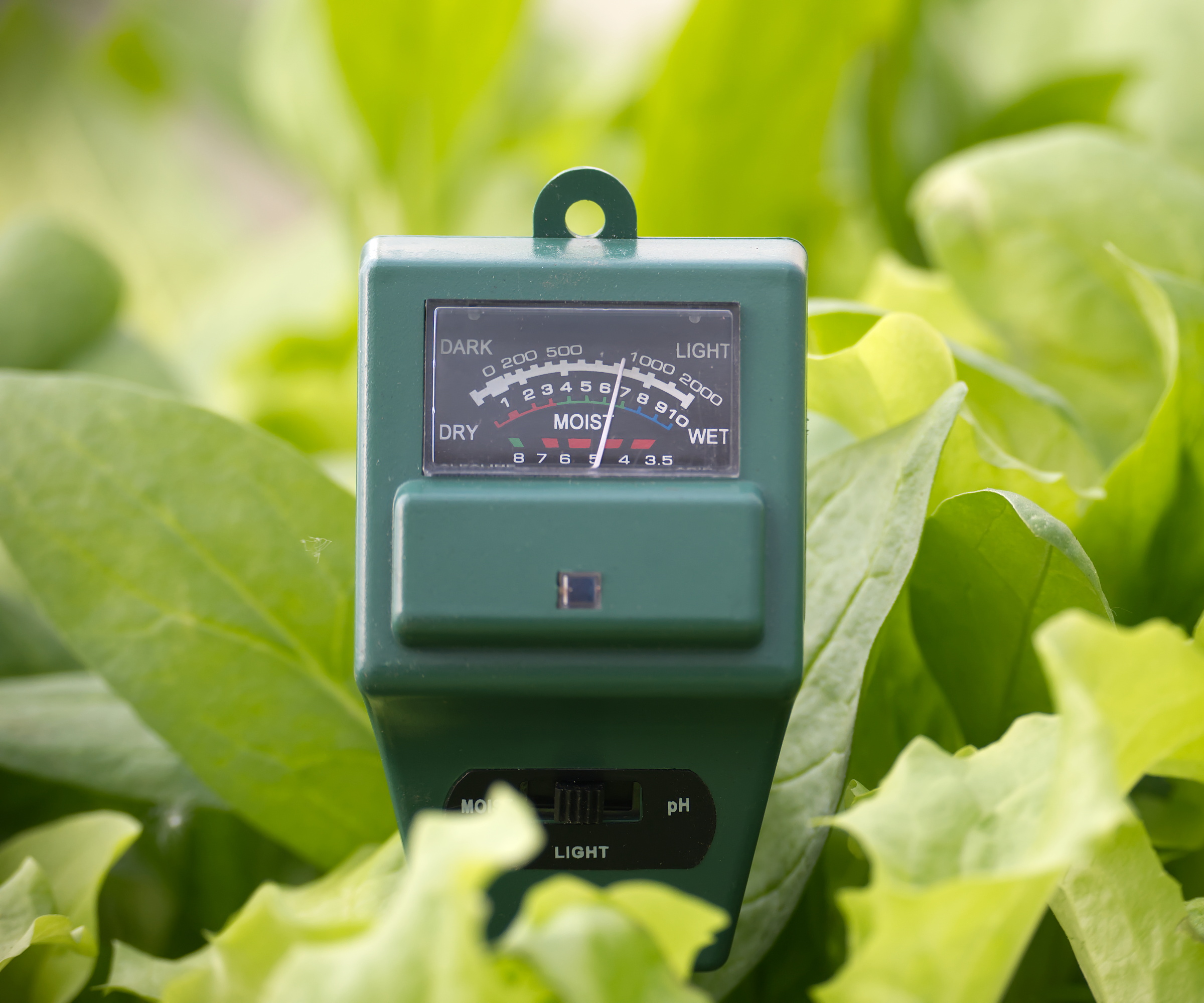
I ditched a rigid watering schedule for a few reasons: 'Some plants like to be constantly moist while others like to dry out completely between waterings,' says Sam. On top of this, environmental factors (like temperature and time of year) can impact how quickly a plant's soil dries out.
These are factors a watering schedule doesn't consider, often resulting in incorrect watering and causing a whole host of issues for plant health.
Instead, I use a soil moisture meter (from Amazon) to determine when to water my houseplants. You simply insert it into your plant's soil and it identifies how dry it is so you can determine if it's time to water your plants. Alternatively, you can use your finger to feel how dry the soil is.
Either way, it's key to always check your plant's soil before picking up your watering can.
5. Be ruthless with pruners when necessary
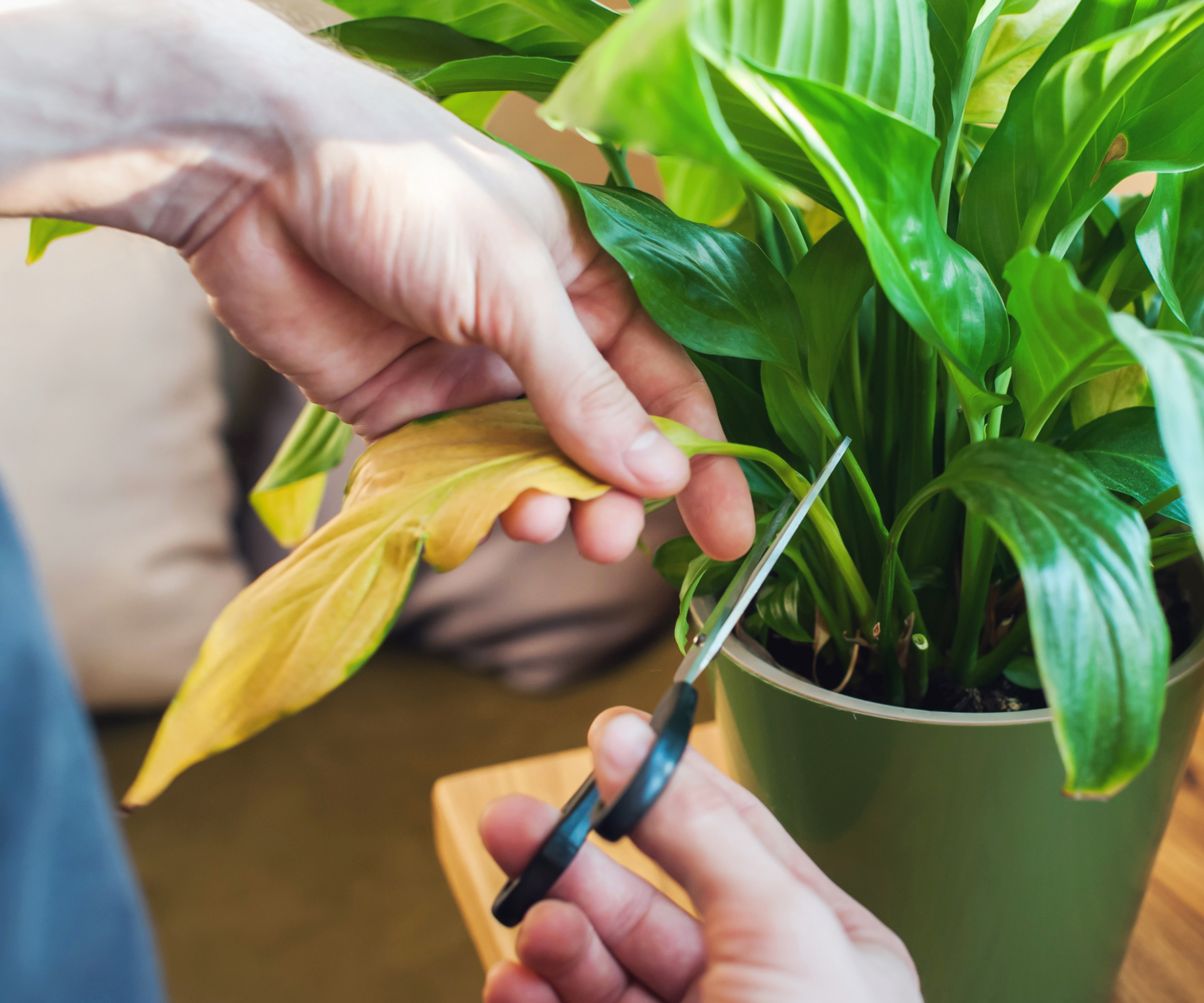
This one can take a lot of courage, but it's important for future plant growth - if your plant has damaged foliage, it needs to be removed.
'It can be helpful to lightly prune damaged stems or leaves of a houseplant to conserve the plant’s energy, so that it doesn’t continue to send energy to the damaged areas,' Sam explains.
I once had a bad thrips infestation on my monstera and it left so many leaves yellow and brown. One thing I did to get rid of thrips was cut off all the affected foliage. Just weeks later, I saw new foliage start to emerge and my monstera grew back bigger and better.
So, even though it can be scary to take essential pruning tools - like these pruning shears from Walmart - and chop up your plant, you will see the benefit long-term as the plant is able to direct energy towards new growth rather than dying foliage.
However, take care not to remove more than a third of your plant at a time, as it could send it into shock and stunt growth. Make sure to also clean your gardening tools after pruning, to avoid the spread of potential pests and diseases.
6. Don't forget to clean dust off houseplant leaves
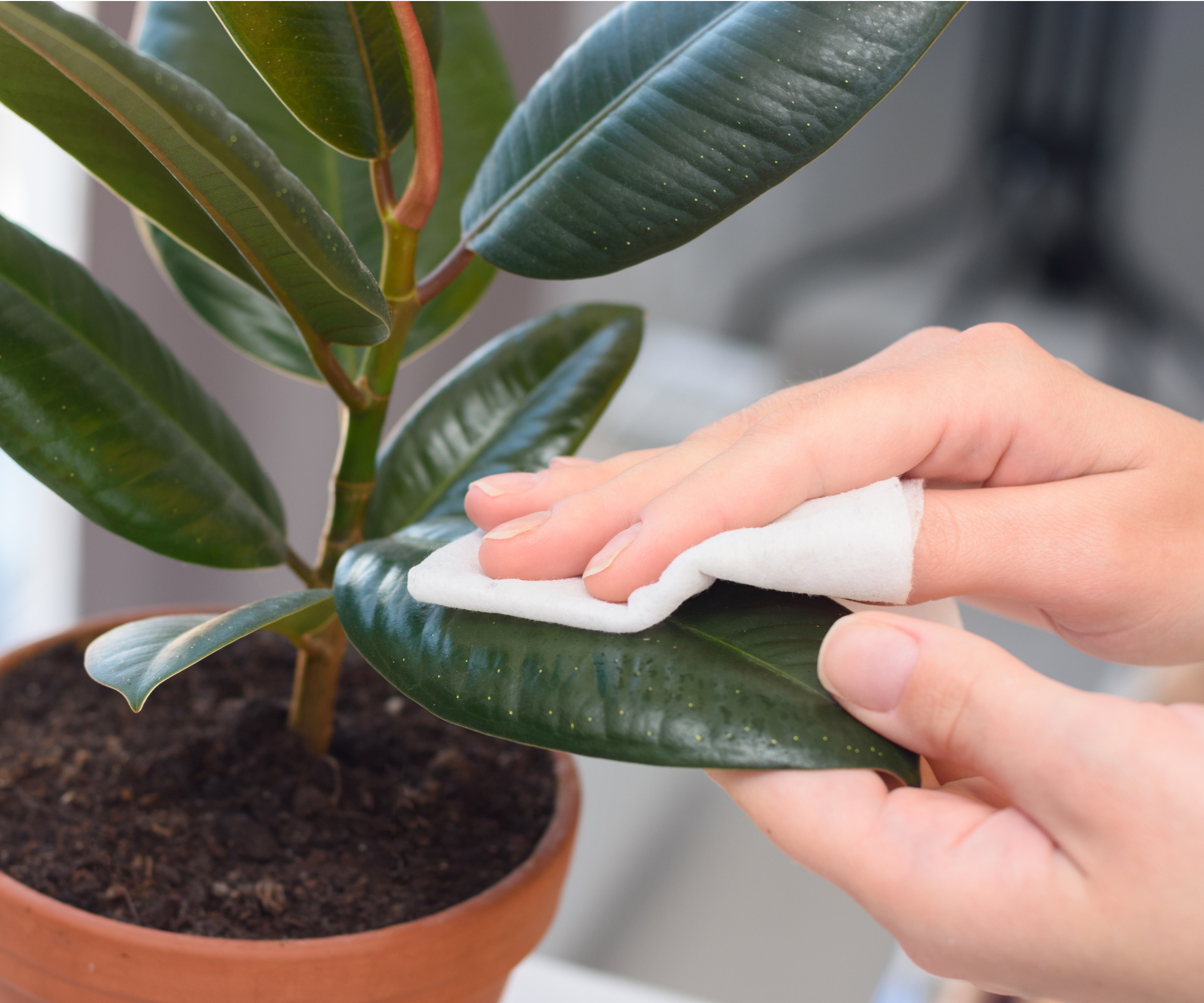
To keep my plants looking their best, I keep on top of cleaning my houseplant leaves.
I often find those with the largest foliage are the houseplants that collect dust and this can dull their appearance. The good news is it's quite easy to clean your houseplant leaves.
All you need is water and a microfibre cloth (from Walmart). Make sure to wipe gently so you don't damage any leaves.
It isn't just for aesthetic reasons that I keep my houseplant leaves clean, either. Regularly wiping them reduces the risk of pests and diseases, especially pests that like to hide on the underside of leaves and aren't so easy to spot.
7. Share the joy of houseplants through propagation
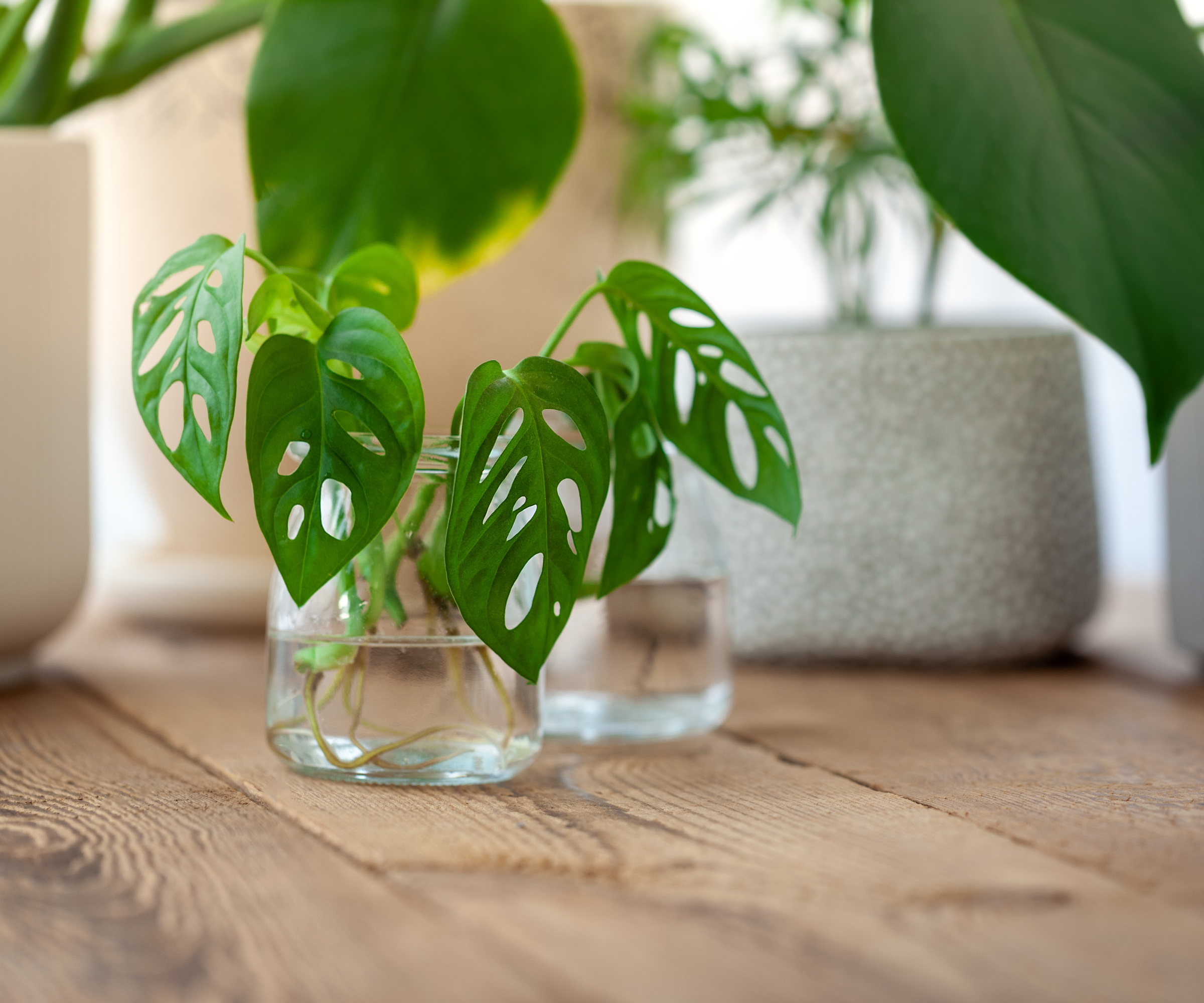
Being able to multiply houseplants and share them with others is one of my favorite things about owning indoor plants.
Even if you haven't propagated plants before, there are plenty of easy houseplants to grow from cuttings. Once you have taken a cutting from a plant, set it up in soil or water and provide a warm, bright environment to aid rooting.
Make sure to read up on houseplant propagation mistakes and water propagation mistakes to ensure success.
There are also lots of things I do to speed up houseplant propagation. For example, using indoor greenhouses and a rooting hormone (from Amazon) for woodier houseplants.
I also enjoy making a decorative feature of my houseplant propagations. In fact, beautiful propagation stations are set to be a houseplant trend this year. You can make your own from different glass vessels or find one online. This hanging propagation station from Amazon, for example, allows you to make use of vertical space in your home.
FAQs
How can you tell what your plant needs?
This isn't always straightforward and it can be tricky to tell what's wrong with your plant if it's showing signs that it isn't happy. For example, discoloring foliage could be caused by anything from incorrect watering, to needing repotting, or even pest problems. The best thing to do is research the optimal growing environment for your plant and assess if you need to make any adjustments. Likewise, regularly check for pests and act accordingly to prevent and get rid of them.
As well as taking these steps to become a better plant parent for the year ahead, it's also a good idea to set gardening goals to work towards. This can be useful for providing you with direction in the garden and with your houseplants, especially if you have a long list of ideas you want to achieve.

Tenielle is a Gardens Content Editor at Homes & Gardens. She holds a qualification in MA Magazine Journalism and has over six years of journalistic experience. Before coming to Homes & Gardens, Tenielle was in the editorial department at the Royal Horticultural Society and worked on The Garden magazine. As our in-house houseplant expert, Tenielle writes on a range of solutions to houseplant problems, as well as other 'how to' guides, inspiring garden projects, and the latest gardening news. When she isn't writing, Tenielle can be found propagating her ever-growing collection of indoor plants, helping others overcome common houseplant pests and diseases, volunteering at a local gardening club, and attending gardening workshops, like a composting masterclass.